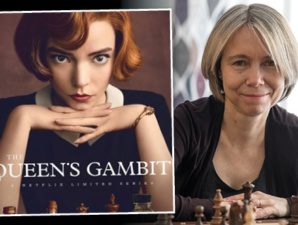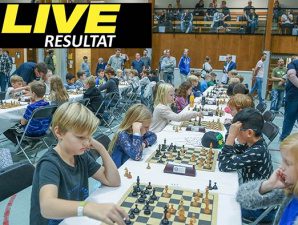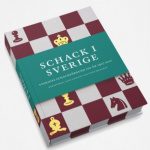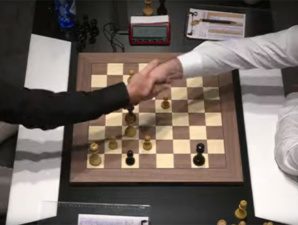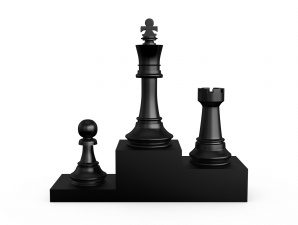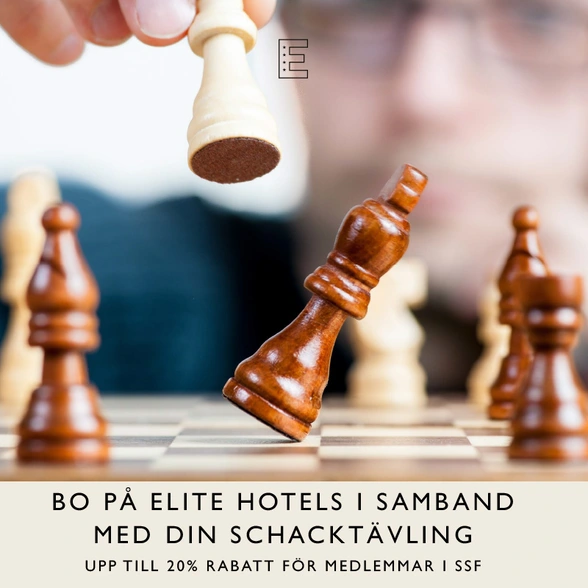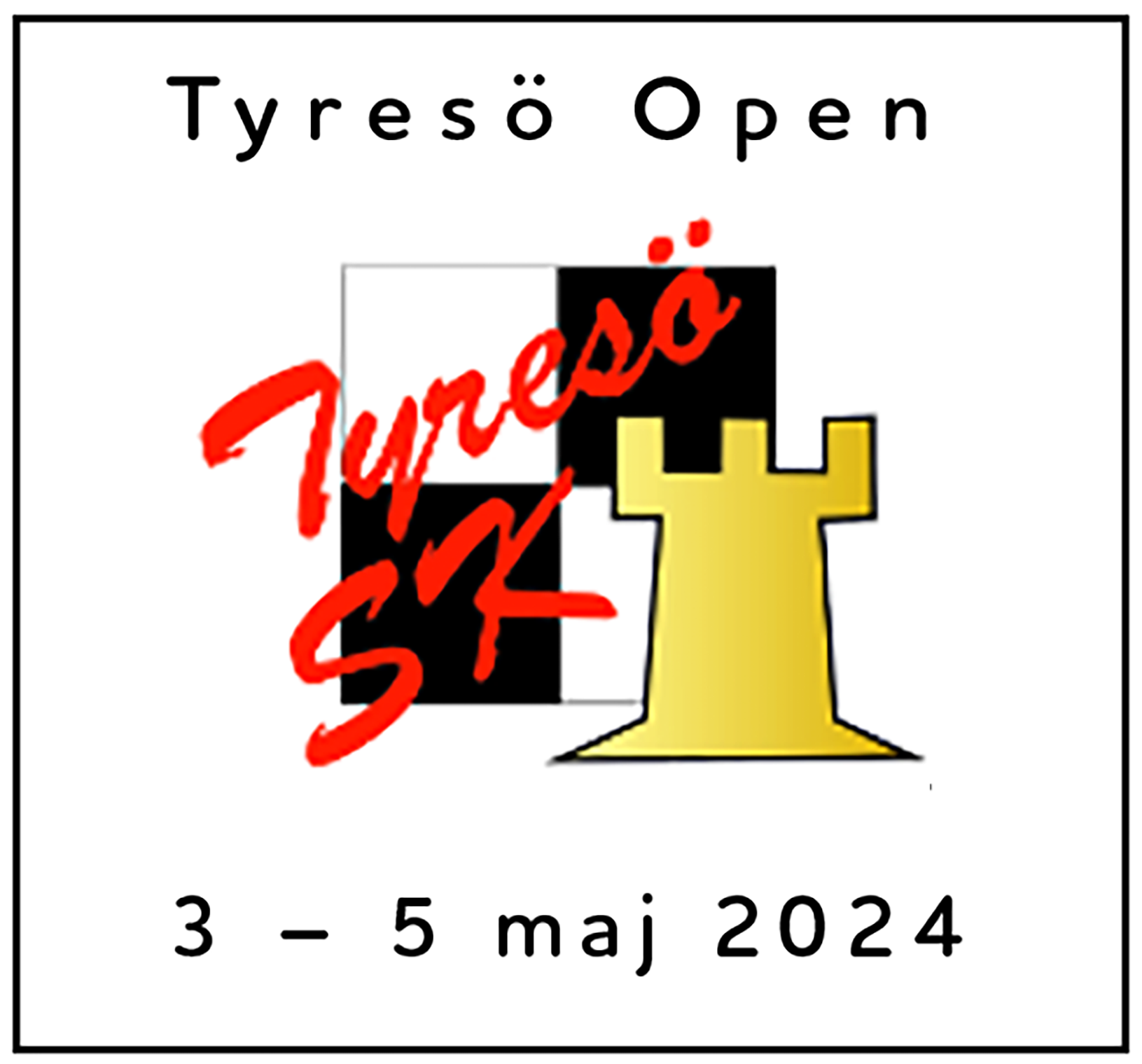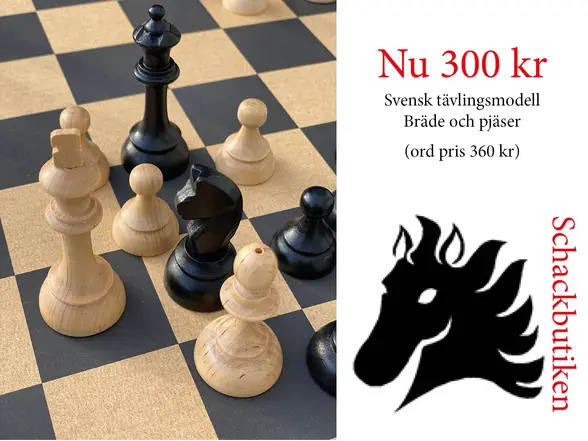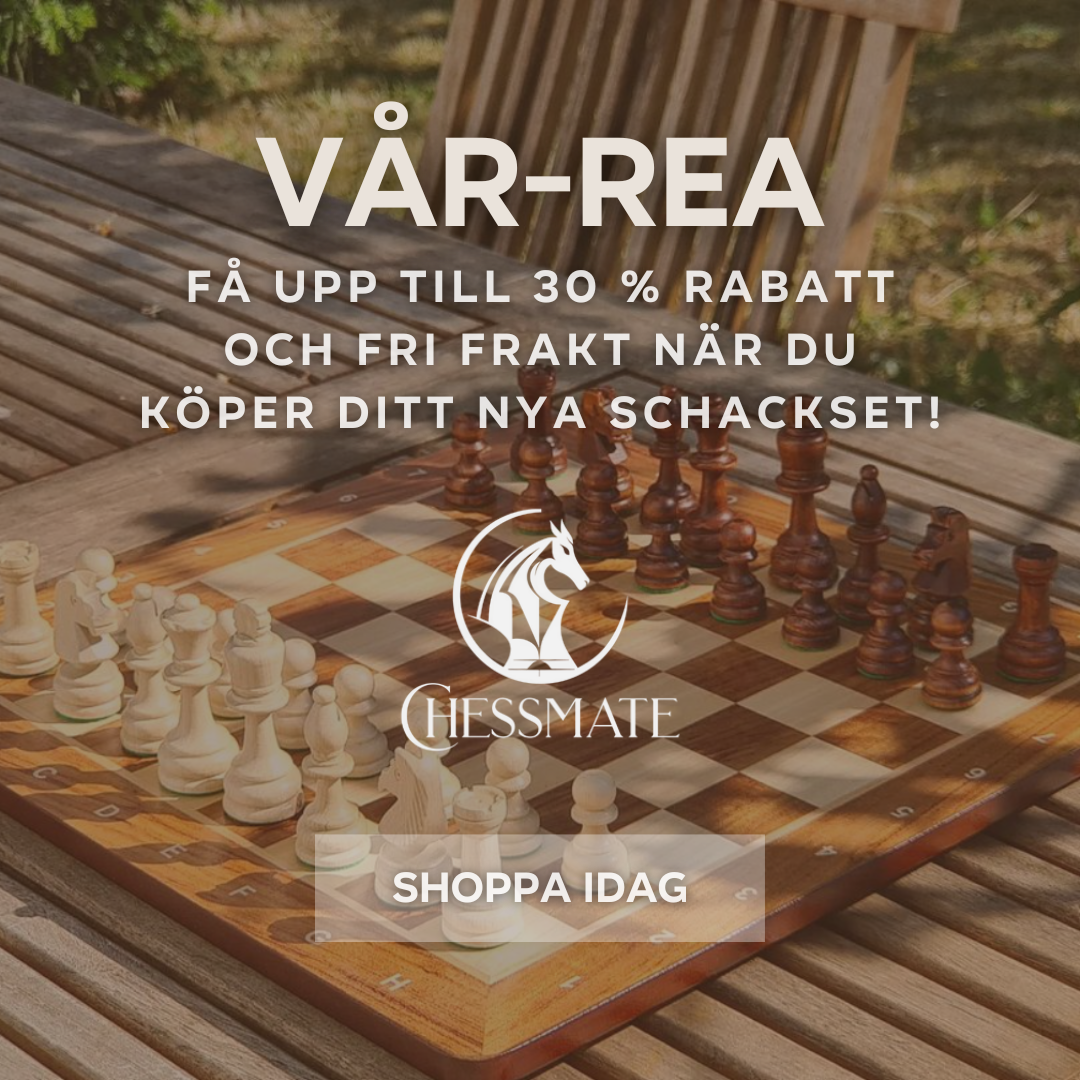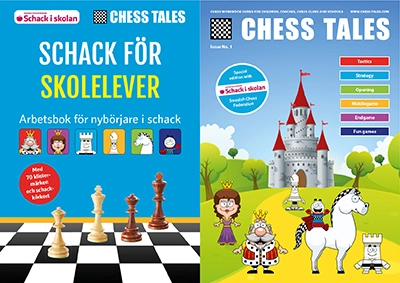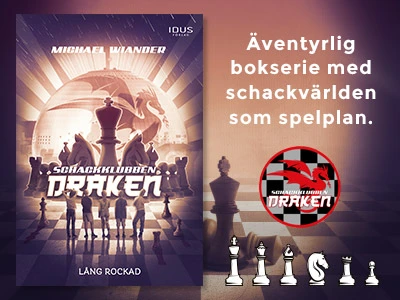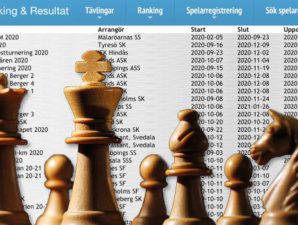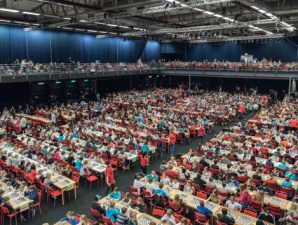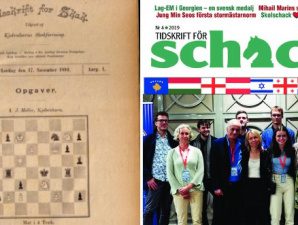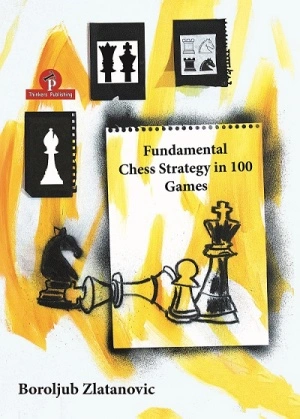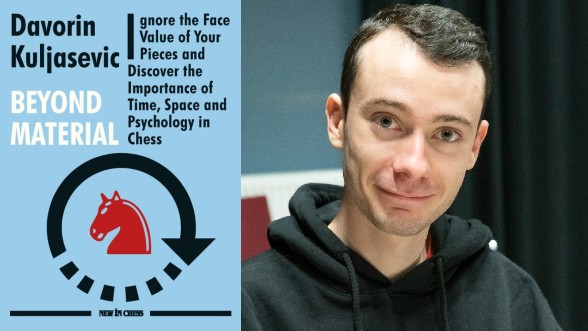
Under ett par veckor recenserar schack.se ett antal schackböcker. Efter Kaufman’s New Repertoire följer en bok som vill få läsarna att sluta räkna material. Eftersom Jean-Clement Ulles endast hade varit i Sverige i ett halvår när han recenserade boken skrev han på engelska.
Beyond Material explores one of the hardest subjects in chess: how to sacrifice material in order to improve your position. The book is divided in three parts looking each on its own aspect of chess as «Time» (the tempo of the game), «Space» (how the pieces are placed on the board) and «Psychology» (disturb your opponent where it feels uncomfortable).
I think this book is excellent about teaching how to correctly judge a position and identify all the compensations when you sacrifice material. Many gloomy fields of chess are treated, usually hard to understand well: the space advantage, the initiative and attack prospects, winning some tempi to increase an advantage, moving from a quiet game to a messy position!
Many grandmaster games are studied and some well-known from chess history. Each chapter has exercice positions with well-annotated comments in the solutions.
Throughout reading, we understand better and better all the subtleties of positions where a player decide to sacrifice a pawn or a piece – giving to the opponent a material advantage – in order to launch a powerful attack or lock a positional advantage. The ambition of the book is also to show and understand how to move from an advantage to another: giving pawns for initiative and take them back in a better position (or mate the opponent if not), improving the position of pieces (on the center and secured squares) or disturbing the plans and piece coordination of the opponent.
The reader will enrich its understanding of many classical positions (openings, middlegames and engames are treated) and take a step back of the true value of pieces: two pawns are sometimes better than a knight and a bishop than a rook. That’s why the book invite to take into consideration all parts and subtleties of the game, not only the material advantage – of course it is not easy at all, but it is a good way to improve!
I recommend! /Jean-Clement



